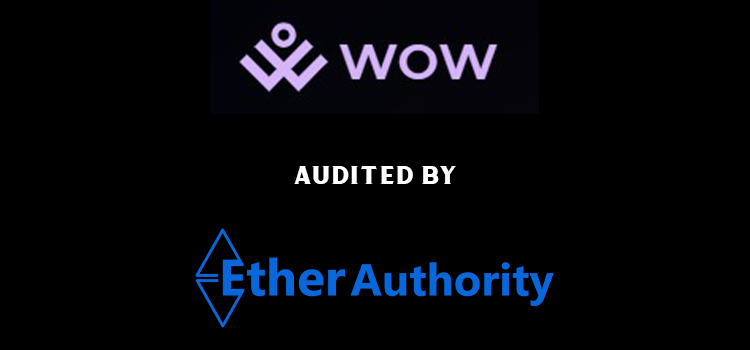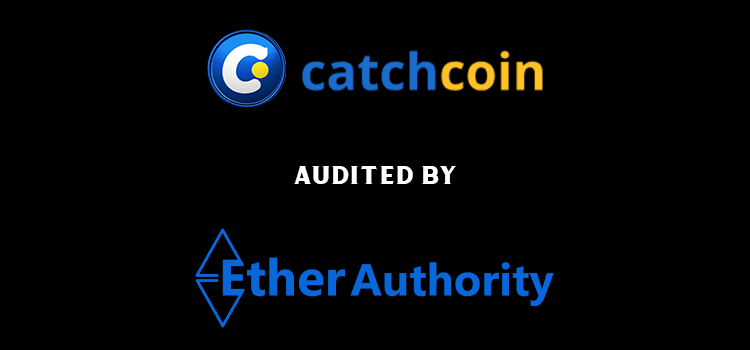
The Future of Web3 Security: Trends and Predictions
Web3 technologies have rapidly gained traction in recent years, with blockchain, decentralized applications, and cryptocurrencies becoming increasingly popular. However, with the rise of Web3 comes new security challenges that need to be addressed. In this article, we will explore the future of Web3 security and make some predictions about upcoming trends.
1. Decentralized Identity Management
One of the most significant challenges facing Web3 security is identity management. With traditional online services, users typically create an account with a centralized provider and provide personal information. This centralized approach to identity management poses security risks, such as data breaches and identity theft. Decentralized identity management aims to solve this problem by allowing users to control their identities through self-sovereign identity (SSI) solutions. SSI enables users to create and control their identities without relying on a central authority, making it a promising trend for Web3 security.
2. Improved Smart Contract Security
Smart contracts are self-executing contracts with the terms of the agreement between buyer and seller being directly written into lines of code. They are widely used in decentralized applications and blockchain-based platforms. However, smart contracts are susceptible to vulnerabilities, which can be exploited by attackers. As a result, the development of improved smart contract security solutions is a significant trend in the future of Web3 security.
3. Integration of Artificial Intelligence (AI) in Web3 Security
Artificial intelligence has significant potential in improving Web3 security by automating the detection and response to security threats. Machine learning algorithms can analyze large amounts of data and identify patterns that humans might miss, making AI a promising trend in the future of Web3 security.
4. Quantum Computing Threats
Quantum computing poses a significant threat to Web3 security. Quantum computers are exponentially faster than traditional computers and can break the cryptographic algorithms used in blockchain and decentralized applications. As quantum computing advances, it is essential to develop new cryptographic methods that are resistant to quantum computing attacks.
5. Multi-Factor Authentication (MFA) Adoption
Multi-factor authentication (MFA) is an authentication method that requires users to provide more than one form of identification to access their accounts. MFA is a promising trend in Web3 security as it adds an extra layer of security, making it harder for attackers to access user accounts.
In conclusion, the future of Web3 security is promising but comes with its fair share of challenges. The adoption of decentralized identity management, improved smart contract security, integration of AI, the development of quantum-resistant cryptographic methods, and the adoption of MFA are all promising trends in the future of Web3 security. By staying ahead of these trends, Web3 users can better protect their assets and enjoy the benefits of decentralized technologies without compromising their security.




